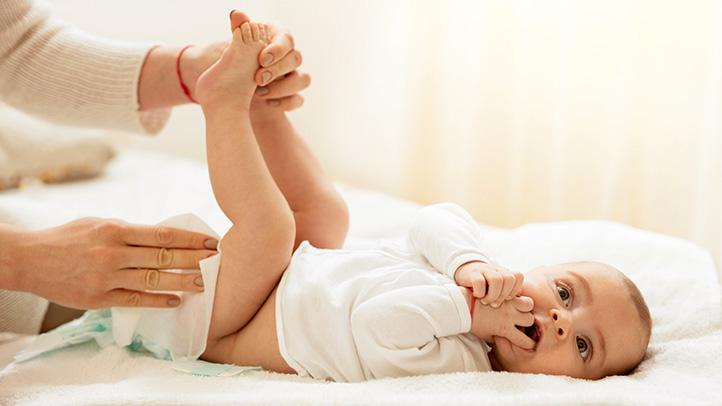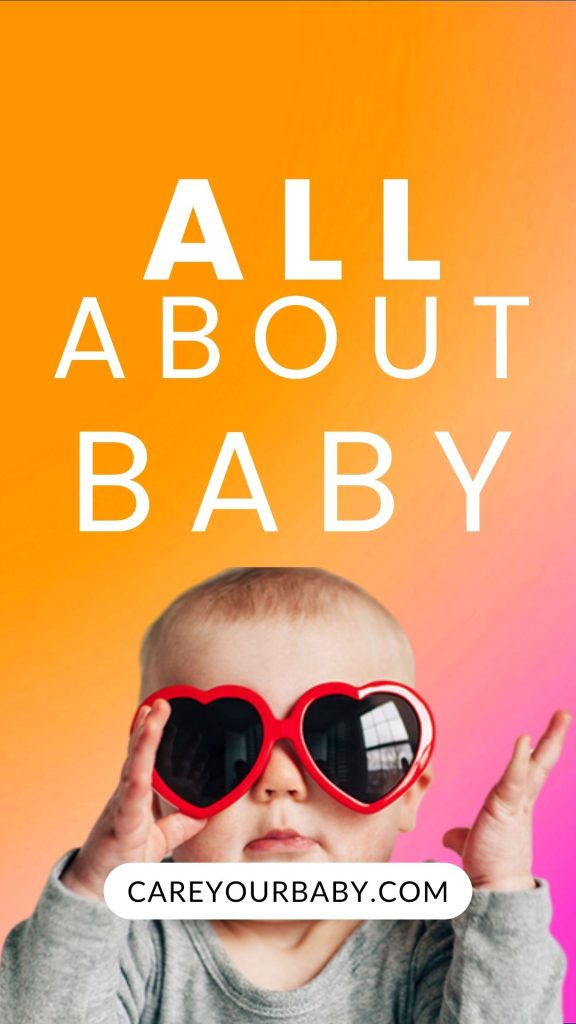Diaper Change Sign Language: Communicating with Your Baby
In the delicate dance of parenthood, communication emerges as a crucial step in nurturing the bond between you and your little one. As your baby navigates the world, they may find themselves caught between the instinctual cries of need and the limited ability to express their desires. Enter “Diaper Change Sign Language”—an innovative approach that empowers both you and your child to engage in a silent yet meaningful dialogue. In this article, we will explore how simple signs can bridge the gap between baby babble and adult understanding, transforming the often mundane ritual of diaper changing into an opportunity for connection and mutual understanding. Join us as we delve into the magic of signs, turning the everyday into extraordinary moments of communication with your baby.
Understanding Your Babys Needs Through Diaper Change Signals
Every parent quickly learns that babies communicate their needs in various ways, and one of the most significant signals comes during diaper changes. Watching for these cues can help you respond promptly to your baby’s needs, promoting comfort and cleanliness. **Common signals that indicate your baby requires a diaper change include:**
- Fidgeting or squirming
- Facial expressions like grimacing or a frown
- Specific sounds, such as fussing or crying
- Sudden stillness or withdrawal
Understanding these signals not only helps to keep your baby comfortable but also strengthens your bond. It’s essential to observe the small nuances of your child’s behavior. For example, your baby might also show signs of discomfort or distraction during playtime. To assist you further, here’s a quick reference table that highlights baby behaviors and appropriate responses:
| Behavior | Response |
|---|---|
| Cries or fusses | Check the diaper for wetness or soiling |
| Restlessness | Prepare for a diaper change promptly |
| Pauses in play | Assess for potential diaper discomfort |
Essential Signs for Diaper Changes: A Step-by-Step Guide
Learning the signs that indicate your baby needs a diaper change can significantly enhance communication between you and your little one. Babies often express their discomfort in subtle ways, and recognizing these cues can make diapering smoother for both of you. Here are some **essential signs** that it’s time for a change:
- Facial Expressions: Look for signs of discomfort, such as frowning or grimacing.
- Body Movements: Affected infants may squirm, wiggle, or go still, signaling their need.
- Timing: Regular checks after feeding or every couple of hours will help you stay ahead.
- Smell: A swift whiff can reveal the necessity for changing.
Once you’ve identified these signs, you can implement a simple communication strategy. Teaching your baby a few basic signs can also pave the way for earlier understanding of their needs. For example, implementing a sign for “dirty” can help reinforce the concept. To further guide you in this journey, here’s a helpful comparison of common signs and their meanings:
| Sign | Meaning |
|---|---|
| Waving Arms | Excitement or discomfort |
| Grabbing Diaper Area | Indicates need for change |
| Frowning or Crying | Possible irritation |
Creating a Comfortable Routine: Tips for Effective Communication
Establishing a routine for diaper changes not only fosters a sense of security for your baby but also enhances mutual communication. By incorporating sign language into this everyday activity, you can lay the foundation for effective interaction long before verbal skills take shape. Here are some key signs to introduce during diaper changes:
- Change – Simple hand gestures can convey that it’s time for a diaper change.
- Help – Teach this sign to encourage your baby to signal when they need assistance.
- All Done – A clear, simple sign to express that the diaper change is complete, making it easier for your baby to communicate their needs.
To further enhance your communication routine, consistency is crucial. Use the same signs, combined with a soothing tone of voice, every time you approach a diaper change. This repetition helps your baby correlate the gestures with their meanings. Here’s a quick reference table for sign language signs that correspond with the diaper-changing process:
| Sign | Gesture Description |
|---|---|
| Change | Open hands moving away from each other |
| Help | Fingers on chest moving outward |
| All Done | Hands moving in a circular motion |
Building a Bond: Enhancing Parent-Baby Interaction with Sign Language
When parents introduce sign language into their daily interactions with babies, they are not just teaching communication; they are cultivating a deeper emotional connection. Engaging in simple gestures during routine activities, like diaper changes, can create a positive bonding experience. This practice encourages babies to understand the context of their needs while reinforcing their sense of security. The beauty of using signs is that it allows parents to share information with their little ones, encouraging an early sense of agency and understanding in their environment.
To start incorporating sign language into diaper changes, consider these essential signs that can easily be integrated into your conversations:
- Stop: A gentle wave of the hand to signal a pause during the process.
- Change: A quick motion of the hands mimicking flipping a diaper to signify it’s time for a change.
- Dirty: A scrunched up face along with a simple sign of wobbling two fingers together to express discomfort.
- Clean: A sweeping motion over the baby’s diaper area with both hands to indicate all is well once a change is complete.
These collaborations between verbal cues and visual signs not only enhance understanding but also promote joyful interactions. Consider maintaining a consistent routine with these signs for the best results. Below is a quick reference table summarizing the connection between sign language gestures and diaper change concepts:
| Sign Gesture | Meaning |
|---|---|
| Wave Hand | Stop |
| Flipping Motion | Change |
| Wobbling Fingers | Dirty |
| Sweeping Hands | Clean |
Q&A
Q&A: Diaper Change Sign Language – Communicating with Your Baby
Q1: What is Diaper Change Sign Language and why is it important?
A: Diaper Change Sign Language is a system of simple signs that parents can use to communicate with their babies regarding diaper changes. This form of sign language is essential as it fosters early communication skills, helps reduce frustration for both parent and child, and strengthens the parent-child bond. By introducing signs for basic concepts like “diaper” or “change,” parents can help their babies express needs before they can speak.
Q2: At what age can I start using sign language with my baby?
A: You can begin incorporating sign language as early as six months, when babies are typically developmentally ready to understand simple signs. However, the earlier you introduce these signs, the quicker your baby may learn to associate them with the corresponding actions. Consistency is key!
Q3: What are some basic signs I can teach my baby related to diaper changes?
A: Some effective and simple signs include:
- “Diaper”: Tap both hands on your thighs to mimic the action of changing a diaper.
- “Change”: Use one hand with the palm down, and sweep it across the other hand, indicating the action of changing.
- “All done”: Raise both hands with palms facing outwards, shaking slightly, which indicates the completion of the change.
Q4: How can I effectively teach these signs to my baby?
A: Repetition and context are vital. Always use the signs when you are about to change your baby’s diaper. Say the word and perform the sign at the same time. For example, when you sense your baby needs a change, say “time to change your diaper” while doing the sign. This association will help your baby understand the meaning over time.
Q5: What if my baby doesn’t respond to the signs right away?
A: Patience is essential when teaching sign language to babies. Each child develops at their own pace, and some may take longer than others to grasp the signs. Keep using them consistently, and celebrate any attempts your baby makes to replicate the signs, even if they’re not perfect!
Q6: Can using sign language hinder my baby’s verbal development?
A: On the contrary! Research has shown that teaching babies sign language can actually enhance their verbal skills. By learning to express themselves through signs, babies can communicate their needs and feelings, making them more confident when they start using spoken language.
Q7: Are there resources available for parents interested in Diaper Change Sign Language?
A: Absolutely! There are a plethora of resources available, including books, online tutorials, and parenting classes focused on baby sign language. Additionally, many websites and social media platforms have videos demonstrating various signs that can serve as great visual aids.
Q8: How can I ensure that everyone who cares for my baby understands the signs?
A: Communication is key! Share the signs and their meanings with anyone who regularly cares for your baby, such as grandparents, babysitters, or daycare providers. Consistency among caregivers will reinforce the signs for your baby and create a supportive environment for their learning.
Q9: Can I use sign language for other routines besides diaper changes?
A: Absolutely! Sign language can be applied to various daily routines, such as feeding, napping, or playtime. You can teach additional signs like “milk,” “sleep,” or “play” to expand your baby’s ability to express their needs and wants, enhancing communication further.
Q10: What’s the best piece of advice for parents starting their journey with Diaper Change Sign Language?
A: Enjoy the process of learning together! Make it fun and engaging, using playful tones and expressions. Remember, it’s not just about communication; it’s about bonding and understanding your baby’s world. Celebrate each small victory and watch as your child grows in their ability to express themselves!
To Wrap It Up
As we conclude our exploration of diaper change sign language, we hope you’ve discovered the invaluable bridge it creates between you and your little one. The ability to communicate with your baby, even before they can speak, fosters a sense of connection, understanding, and trust that lays the foundation for their future language development.
Incorporating these simple signs into your daily routine not only eases the often-frequent task of changing diapers but also enriches your interactions and enhances your child’s awareness of the world around them. As you embark on this journey of early communication, remember that each sign is more than just a gesture—it is a step toward deeper bonding and shared experiences.
So, take each diaper change as an opportunity to engage, teach, and grow together. Embrace the beauty of this stage in your baby’s life, filled with wonder and discovery, as you both sign your way to better communication. Happy signing!


